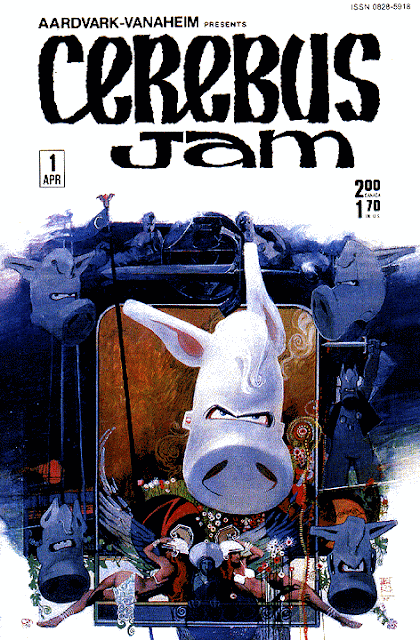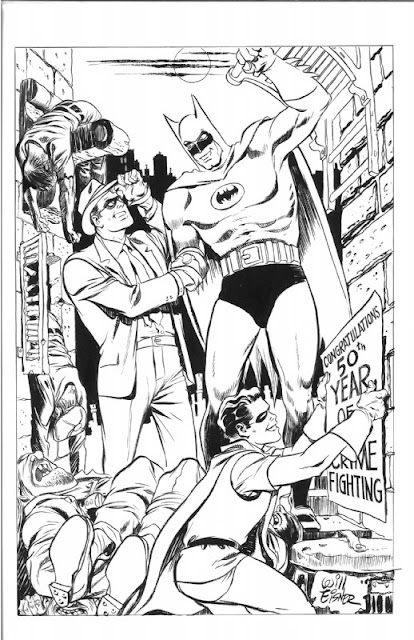
Monday, June 30, 2025
A Tasty Spirit Jam!
Sunday, June 29, 2025
Captain Kentucky Day!
(Don Rosa as Captain Kentucky)
Lancelot Pertwillaby was created originally by Rosa for his Pertwillaby Papers, a strip that ran in the University of Kentucky campus newspaper The Kentucky Kernal. Pertwillably was an adventurer and many aspects of these early Rosa yarns made their way into his later Disney work. Lancelot himself went on to become Captain Kentucky.
Following the local success of The Adventures of Captain Kentucky, Rosa was able to find far greater success when he was able to get his mitts on his favorite characters, the Duck clan as realized in comics by Carl Barks. It is the "Barksian Universe" which is magnificently realized in Rosa's masterpiece The Life and Times of Uncle Scrooge. The series was originally run in comic book form in America in the Gladstone days of the comics in the 90's.
The series was collected in two magnificent trades by Gladstone's successor Gemstone. The advantage of these editions is the detailed information about the sources and inspirations for each story.
Much more recently Fantagraphics has published the saga in two very handsome hardback volumes, which can be bought in a handsome slipcase. But alas, the stories are presented minus the background information found in the earlier Gemstone volumes. If you've never experienced Rosa's artwork, I heartily recommend it in whatever form you can find it.
Rip Off
Subscribe to:
Comments (Atom)





































































